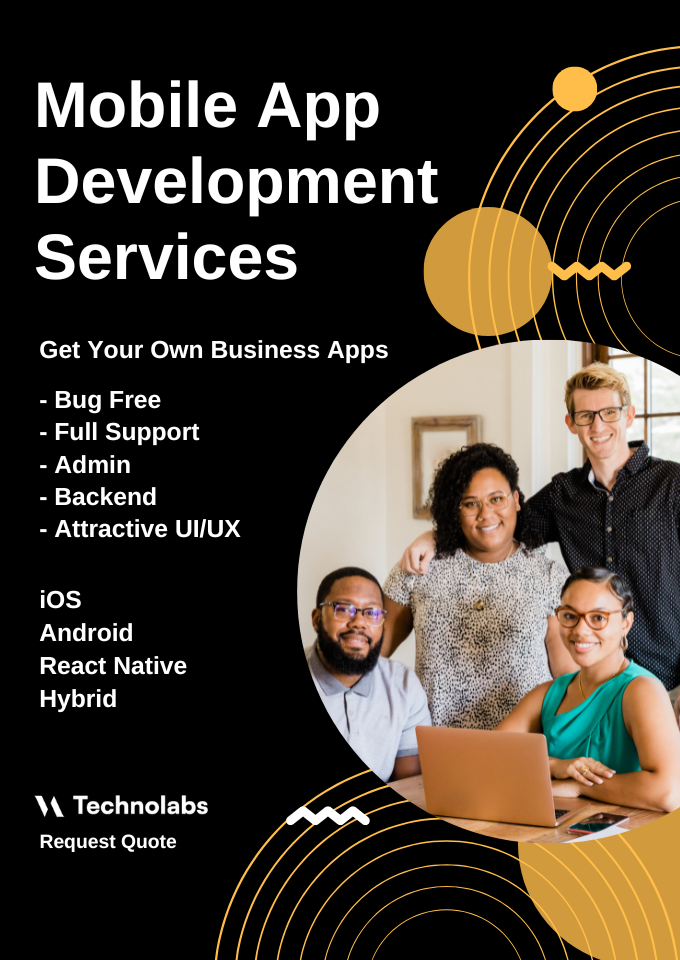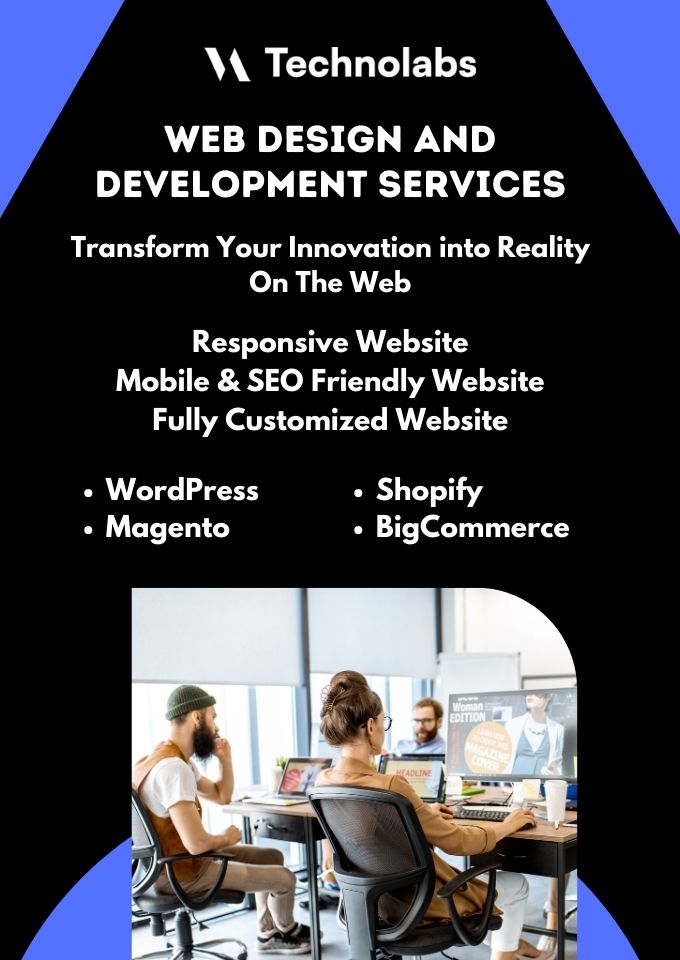App Integration – Challenges, Benefits, and Best Practices

App Integration – Challenges, Benefits, and Best Practices
Introduction
In the dynamic landscape of modern commerce, the integration of applications has become a pivotal aspect, influencing the daily operations of nearly all companies. This guide aims to thoroughly explore the nuances of app integration, addressing its challenges, benefits, and best practices.
What is Application Integration?
At its core, app integration is a strategic process ensuring seamless collaboration, communication, and data sharing among various applications within an organization. This integration is indispensable for addressing diverse business needs, serving as a conduit for efficient digitalization and data transfer.
The primary objective of application integration is to facilitate effective communication between applications, reducing costs, enhancing scalability, and improving overall productivity. This process has evolved into an integral part of modern business operations, accommodating a blend of older on-premise systems and contemporary cloud-based solutions, necessitating a cohesive integration strategy.
Levels of Application Integration
- Presentation Integration:
- Connects all apps into a unified interface.
- Often referred to as “screen scraping,” utilizing transitional software for information organization.
- Integration of Business Processes:
- Focuses on linking essential business processes to both local and cloud servers.
- Application Data Integration:
- Ensures efficient operations by allowing apps to share data.
- Can be achieved through code enabling apps to “speak” the same language or through translation methods.
- Communication-level Integration:
- Utilizes APIs (Application Integration Interfaces) to achieve seamless communication.
Essential Components of App Integration
To orchestrate efficient app integration, several crucial components come into play:
- Application Integration Interface (API):
- A set of rules and procedures facilitating communication between apps.
- Essential for developers, ensuring access to various types of software.
- Actions and Events:
- Involves standardized functions or specific actions initiated in response to connected application events (e.g., payment receiving).
- Data Mapping:
- Facilitates data exchange and analysis by defining the type of data to map in applications.
Different Approaches to the App Integration Process
Before delving into the benefits and challenges, it’s essential to understand common approaches to app integration:
- Synchronous Integration:
- Involves an application requesting data from another app and waiting for a response.
- Often used for sequential processing but can be time-consuming without optimized middleware.
- Asynchronous Method:
- No need to wait for requested data to continue operations.
- Offers increased scalability.
Integration Technologies and Services
- Point-To-Point Application Integration:
- Involves creating custom connections between applications for each business area.
- Can become challenging to manage as the number of integrations grows.
- iPaaS (Integration Platform-as-a-Service):
- Cloud-based approach connecting data, applications, and processes.
- Facilitates integration in the cloud between both cloud and on-premise apps without requiring additional hardware.
- Enterprise Application Integration (EAI) and Enterprise Service Bus (ESB):
- Optimal for on-premise integration in large companies.
- EAI serves as a hub connecting other apps, facilitating real-time data exchange.
- ESB routes messages between apps, offering flexibility in deployment (on-premise, SaaS, or application-to-application integration).
The Biggest Challenges of App Integration
While writing custom code remains a powerful method for ensuring efficient integration, managing a set of manual integrations becomes increasingly complex as the number of apps increases. This is a significant challenge faced by application integration services. The integration process extends beyond connecting applications; understanding business processes is crucial to ensure correct data mapping.
Organizations must invest in an appropriate integration platform tailored to their business needs to scale operations and ensure the efficiency of app operations. Without such a platform, businesses may find themselves grappling with intricate custom solutions that fail to align with their specific requirements. Moreover, integration has the potential to slow down data and business flow, as one-off integrations increase the time spent on adapting apps.
Why Your Business Needs Application Integration?
Despite its complexities, the integration process brings forth numerous benefits for businesses:
- Fast Data Access from Anywhere:
- Integration allows accessing any required data from any location, a pivotal advantage for running the business efficiently.
- Process Scalability:
- Enables the use of advanced technological solutions and ensures communication with critical data, facilitating an easy transition to new technologies.
- Process Automation:
- Automation of various enterprise processes, such as onboarding and partner configuration, can save time by reusing map templates.
- Data Visibility:
- Efficient data integration enhances data visibility, improving user satisfaction and boosting business productivity through streamlined data tracking and reporting.
What to Consider When Choosing the Right Integration Solution?
Launching a successful integration often involves partnering with experienced IT developers. When considering the best app integration solution, organizations should look for several key factors:
- Integration Beyond the Cloud:
- Assess whether the software can be integrated beyond cloud-based environments.
- Flexibility:
- Ensure that the integration solution is flexible enough to adapt to evolving business needs.
- Accommodation of Integration Skills:
- A good solution should accommodate a variety of integration skills within the organization.
- Connectivity to a Wide Variety of End-Points:
- The solution should have the capability to connect seamlessly with a diverse range of end-points.
While finding off-the-shelf software that perfectly aligns with all business needs may be challenging, creating a custom integration solution often emerges as the best option for tailored success.
How VA Technolabs Can Help?
VA Technolabs offers a significant amount of knowledge and skill. Their committed group of integration experts collaborates with customers to create customized solutions that align with specific business needs. Whether it’s resolving compatibility issues or guaranteeing strong security measures, VA Technolabs is devoted to providing smooth and effective app integration services.
Conclusion
Integration of applications is now an essential requirement for companies looking to remain competitive in the fast-moving digital landscape of today. This informative resource, complete with information on obstacles, advantages, and top strategies, positions VA Technolabs as the preferred ally for maximizing the capabilities of your interconnected environment. Seize the opportunity for effortless connection in the future with VA Technolabs supporting you every step of the way.





